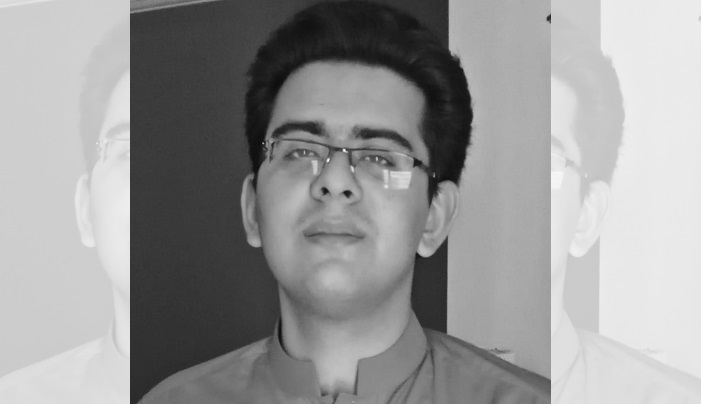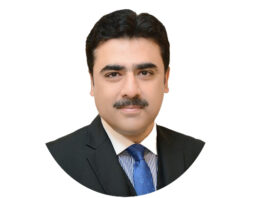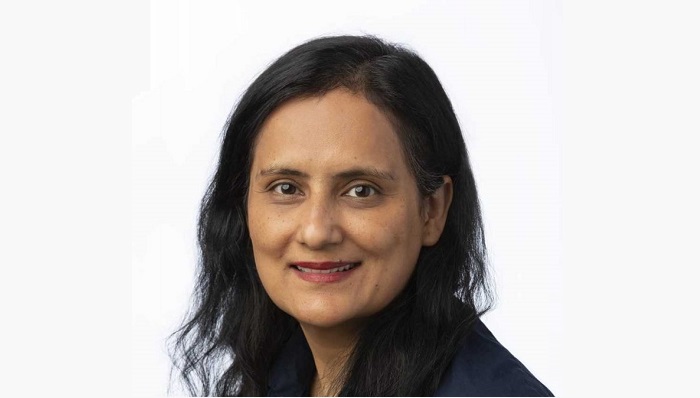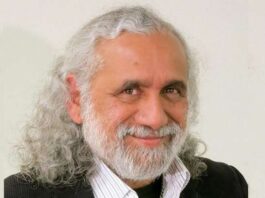Pakistan’s recent political history has been primarily split between four institutions that have dominated the political landscape since a case of exploding mangoes ended Zia’s regime in 1988. These four are the military, the presidency, judiciary and major political parties. The power of each has risen and waned across the time period with all uniting against one at times and being divided at others. Similarly the type of politics undertaken by political parties has also been split into various categories at both federal and provincial level and has shifted from one form to another. We will look at each government since 1988 to analyze both the institutions and the political strategy prevalent in Pakistan.
In 1988 the government of Benazir Bhutto came into power and no sooner had it formed that all the above mentioned institutions united against it. Mr. Nawaz Sharif, the other major political party head at the time, formed an alliance with President Ghulam Ishaq khan and then Army chief Aslam Baig in order to bring about its demise in 1990 via article 58-2B that allowed the president to dismiss the federal government. Following this Mr. Nawaz was elected prime minister in 1990. In 1993 a struggle for dominance between the presidency and the prime minister began once more when Nawaz attempted to abolish article 52B. This resulted in then president Ghulam Ishaq khan dismissing the government of Nawaz Sharif. However this time the judiciary intervened and struck down the presidency’s move in a ten to one decision. Under pressure from then army chief kakar and opposition leader Benazir, who had called for a long march on the capital unless elections were held, both the president and the prime minister resigned and elections were held which were won by Benazir. However in 1997 the presidency once more dismissed the government of Benazir Bhutto on national security charges. An alliance between Mr. Nawaz, the presidency and judiciary, which unlike in 1993 did not find the dismissal to be illegal, was at play. In the elections that followed Mr. Nawaz won and unlike before faced no challenge from the military since army chief Jahangir karamat was not inclined to interfere in politics and the presidency under Farooq Leghari was allied. A challenge by Chief justice Sajjad Ali shah was thwarted thanks to a complete unison between the other three institutions and he was sent packing. It was only when there was a change of chief of army staff did Nawaz’s regime end in a direct military coup in 1999. The eight years that followed saw the presidency and military merge since Musharraf, who took over, held both posts simultaneously and the major political parties were diminished via exile of their leaders and the forming of more compliant parties from within them. The judiciary via the provisional constitutional order was also brought under control.
After 8 years democracy was restored after a split from within the military and a movement for the independence of judiciary which led to Mr. Nawaz and Asif Ali Zardari, the husband of late Benazir Bhutto who was assassinated, coming back to electoral politics. The powers of the presidency to dissolve assemblies were clipped in 2008 and afterwards the institution lost its dominance. From 2008 on wards it was the military, judiciary and political parties that became the main players with the addition of Pakistan Tehreek Insaf under Imran khan to the political parties section in 2013. Judicial activism especially rose post 2008 and still remains. The cycle of nineties continued albeit this time with the judiciary dismissing three prime ministers sometime of its own accord and other times in alliance with the military on flimsy corruption charges except in 2022 when a vote of no confidence was used against then Prime Minister Imran khan.
It is also worth noting that voting patterns of electoral politics have also shifted greatly in each election held so far. Electoral victories in the country are based on the leader of each major party’s style of politics and on electable who are either influential person or groups in each constituency and their support. In 1988, 2008 and 2018 it was politics of rhetoric that dominated as votes were cast based on sympathy for assassinations suffered by the Bhutto family and in 2018 due to Mr. Khan anti-corruption narrative. Whereas in 1993, 1997 and 2013 it was politics of development that wooed voters as Mr. Nawaz highlighted several infrastructure, power, public transport, education and health initiatives as his achievements to gain votes. The electable however have always relied on direction from the military to decide who to support and played a more important role in 1990 and 2018 elections when it came to deciding who forms the government compared to 1988, 1997 and 2013 when it was the respective winning party head that played biggest role. Higher turnout of 40 to 50% also helped in reducing the importance of electable and giving more power to the general voter in these elections.
In the upcoming elections of 2024 the cycle will restart once more and it remains to be seen whether politics of rhetoric or politics of development will take center stage. Voter turnout and whom the establishment throws its weight behind will ultimately be of great importance as well since no party appears to have capacity for outright victory. At the moment the judiciary, military and political parties are all divided and in such a scenario it is normally the military which achieves dominance. It is clear that the previous government of Mr. Khan has little chance of attaining power due to its clash with the establishment and another coalition setup like the Pakistan democratic movement (PDM) that can be easily managed is in the offing. Time will tell if the return of Nawaz Sharif after a 4 year exile, should it happen, will be enough to change this scenario though it is guaranteed that no matter who wins they will definitely end up facing the turning of the wheels as well.
- History: A set of lies agreed upon - 02/12/2023
- With great power comes great pension - 10/11/2023
- The Dharma wheel of Pakistan’s politics - 24/09/2023





